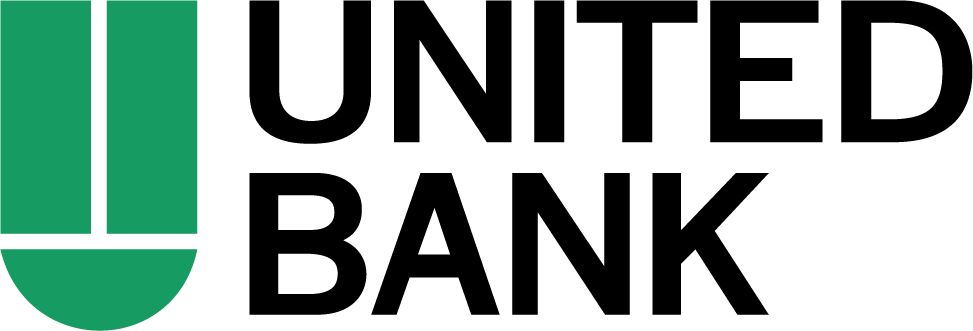The most important thing to know when saving for retirement is the earlier you start, the easier it will be. With women living longer than men on average, now’s a great time to start building your retirement savings.
A 2020 CDC study showed that in the United States, women outlive men by almost 6 years, on average.1
This is one of the reasons it’s so important to create a plan now. Regardless of your income, setting a goal and developing a well-rounded retirement strategy can provide you with the peace of mind to weather the most economically uncertain storms — like volatile markets and emergency expenses — later.





